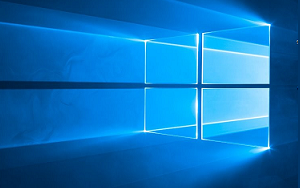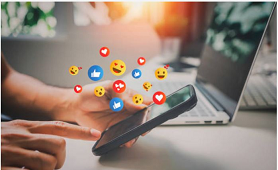Going live on YouTube offers a unique way to engage with your audience in real-time. This article provides a detailed guide to help you successfully start and manage a live broadcast, equipping you with all necessary tools and insights to make your live stream a success.
Introduction
In the digital age, live streaming is an essential tool for content creators, businesses, and influencers to connect with their audiences in real-time. YouTube, being one of the largest video platforms globally, provides robust tools for live streaming. Whether you want to conduct a live Q&A session, broadcast an event, or host a virtual class, YouTube Live is a powerful medium to reach out and engage with your audience.
This article provides a comprehensive step-by-step guide on how to go live on YouTube, ensuring you have all the necessary information to start your first live stream successfully.
Prerequisites for Going Live on YouTube
Before you start your live stream, make sure you meet the following requirements:
- YouTube Account: You must have a Google account to sign into YouTube. If you don't have one, create a Google account to access YouTube's services.
- Channel Verification: Your YouTube channel must be verified. This process typically involves receiving a verification code via SMS or voice call.
- Live Streaming Enabled: Ensure live streaming is enabled on your channel. This feature might take up to 24 hours to activate once requested.
- Good Internet Connection: A stable internet connection is crucial for live streaming. Aim for an upload speed of at least 3 Mbps for smooth streaming.
Setting Up Your Live Stream
Once you have met the prerequisites, follow these steps to set up your live stream:
1. Access YouTube Studio
Log into your YouTube account and navigate to YouTube Studio. You can access it by clicking on your profile icon in the top right corner and selecting 'YouTube Studio' from the dropdown menu.
2. Start a Live Stream
- In YouTube Studio, click on the 'Create' button (camera icon) at the top right corner.
- Select 'Go Live' from the dropdown menu. You will be directed to the YouTube Live Control Room.
3. Choose Your Streaming Method
YouTube offers several methods for live streaming. Choose the one that best suits your needs:
- Stream Now: A quick way to go live with minimal setup. Ideal for spontaneous broadcasts.
- Schedule Stream: Plan your live stream in advance. Set a date and time for your broadcast. This method is useful for notifying your audience ahead of time.
- Using Streaming Software: For more control and advanced features, consider using third-party streaming software like OBS Studio or Streamlabs.
4. Configure Your Stream Settings
After selecting your streaming method, configure your stream settings:
- Title and Description: Give your stream a catchy title and a detailed description to attract viewers.
- Privacy Settings: Choose whether your stream is public, unlisted, or private.
- Category: Select the appropriate category for your stream to help users find your content.
- Thumbnail: Upload a custom thumbnail to make your stream stand out.
- Monetization: If eligible, enable monetization to earn revenue from your live stream.
Going Live
After setting up your stream, you are ready to go live. Follow these steps to start your broadcast:
1. Check Your Equipment
Ensure that your camera, microphone, and internet connection are working correctly. Test everything before going live to avoid technical issues.
2. Start Streaming
- Once everything is set up, click the 'Go Live' button in the Live Control Room.
- Interact with your audience through live chat and keep them engaged throughout the stream.
3. Monitor Your Stream
Use the Live Control Room to monitor your stream's performance. Keep an eye on viewer count, chat messages, and any potential issues with the stream quality.
Ending Your Live Stream
When you are ready to end your live stream, follow these steps:
- Click the 'End Stream' button in the Live Control Room.
- Once the stream ends, YouTube will automatically save the broadcast to your channel. You can edit the video, add timestamps, and improve its visibility through SEO optimization.
Post-Stream Actions
After your live stream, consider the following actions to maximize its impact:
- Review Analytics: Check the stream's analytics to understand viewer demographics, engagement, and performance.
- Engage with Your Audience: Respond to comments and questions that you might have missed during the live stream.
- Promote Your Stream: Share the recorded stream on social media platforms to reach a wider audience.
Conclusion
Going live on YouTube is an excellent way to connect with your audience and grow your channel. By following this step-by-step guide, you can ensure a successful live streaming experience, from setting up your stream to engaging with your audience and analyzing post-stream analytics. With practice and consistency, live streaming can become a valuable tool in your content creation arsenal.







